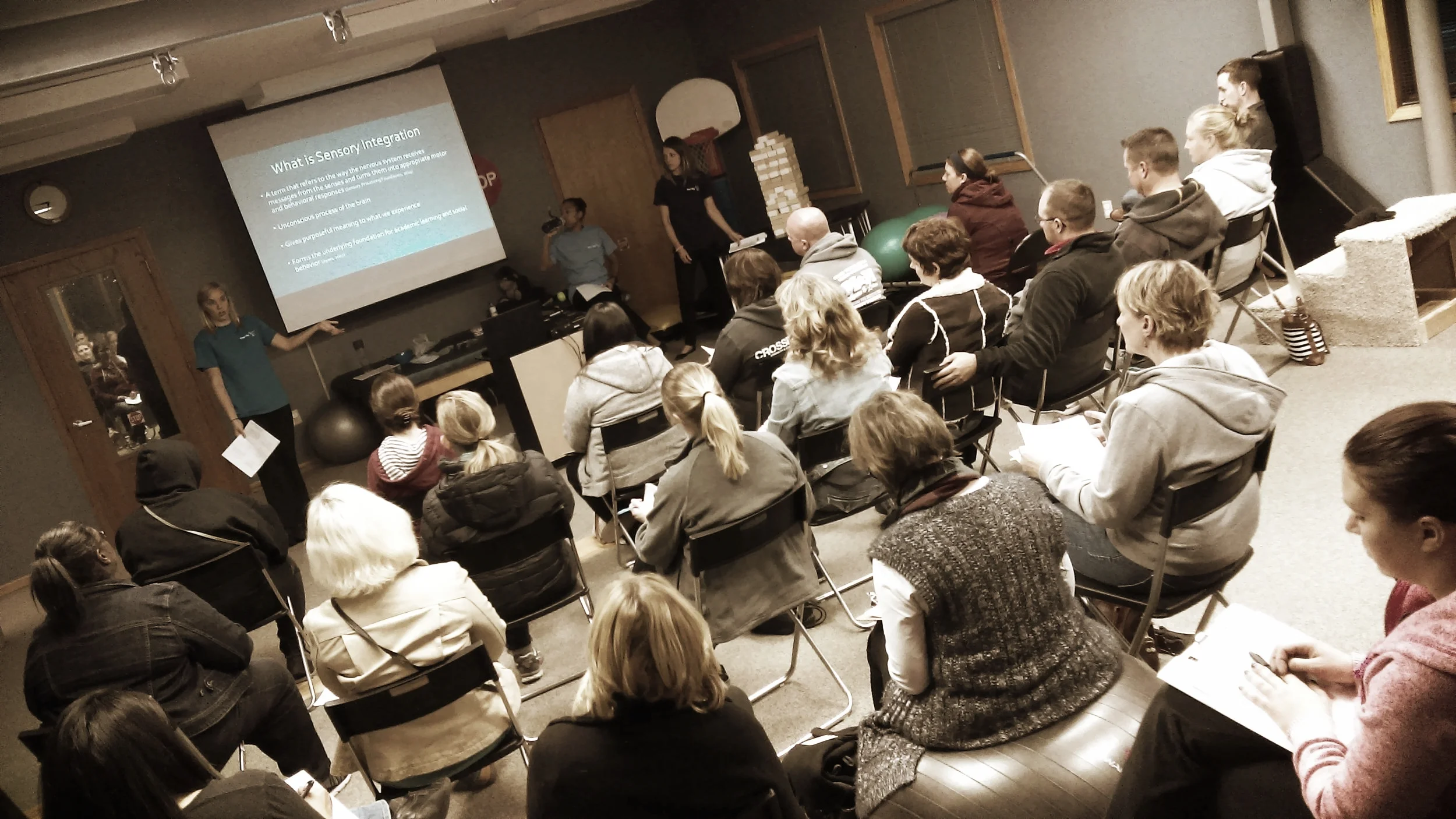Setting Healthy Boundaries
/As hard as setting boundaries can be, boundaries are essential in helping children develop and become successful with age-appropriate activities and with transitions. Yet, we all have moments where we wonder whether or not the boundary we have created is really worth all the growing pains (e.g. the screaming child in the store because we told them we could not have the toy they wanted or maybe the child that looks at you and says “I don’t like you”). As difficult as boundaries and limits can be, it is also necessary with helping a child feel safe and secure in their world. Here are a few ways to promote success with boundaries:
1. Keep boundaries simple
Having 5-6 rules that your child can remember and are clearly stated is going to be much more effective than a list of 20-30 rules.
Clearly state expectations of rules/boundaries
2. Back up your words with action (be trustworthy)
·We all have had those moments that we want to give in to a child on a rule we just set. But by sticking to your guidelines and falling through with what you say (even regarding consequences) is also important in helping children trust you and also develop a secure/safe relationship with you.
3. Create boundaries as a family
Collaborate and write down the rules (either with pictures or words) will help your entire family be encouraged and reminded of expectations.
You can also make it a fun fine motor activity with writing and coloring/drawing pictures.
4. Use “do” statements
Avoid telling children what they shouldn’t do and tell them what you want them to “do.”
Avoid giving children the opportunity to “do” something if you need them to do it (e.g. Avoid saying “do you want to put on your shoes?” when need them to get on their shoes. Instead, use “Put on your shoes”).
5. Recognize positive behaviors
Make an effort to acknowledge when your child is following positive behavior and praise them for making good choices. This will reduce children for acting out negatively due to wanting attention and reinforce your boundaries and making good decisions.
Attention from you is one of the best reinforcements you can give a child.
6. Avoid using “bad” “good” language
Avoid telling your child that they are being “bad”. This can cause children to internalize that they are “bad” and can lead to more aggressive behavior than good.
Behaviors can be broken down into what is expected (e.g. getting shoes on when asked) and unexpected (e.g. climbing on the swing when asked to put on shoes) to promote awareness of choices.
7. Create a calm atmosphere
This can be super hard to do with the chaos of life, but do you best to help keep a clean, calm, organized atmosphere with your child. Children can pick up on stress and anxiety and may react to it with increased behaviors.
8. Keep perspective
You can’t always prevent behaviors to happen. Challenging behaviors from children are also used to further awareness of boundaries and help them learn from experiences. Stick to your boundaries and try not to be so hard on yourself!
After setting boundaries, expect a period of time for things to get a little more difficult (e.g. you might see more behaviors) before things get easier!

